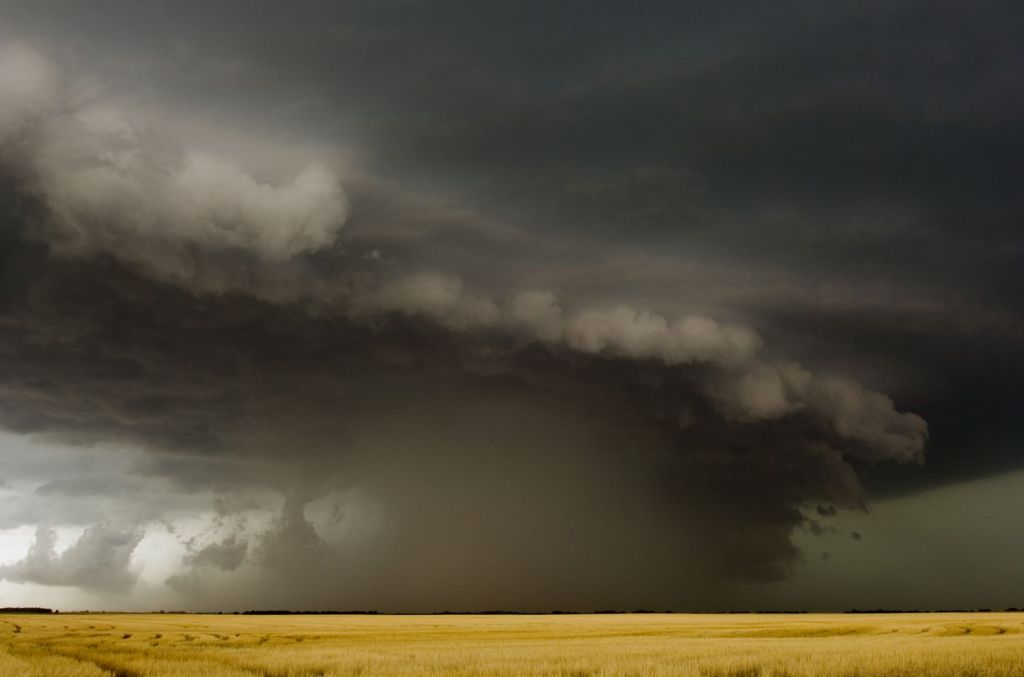Understanding the Devastating Derecho
Nature's fury can manifest in various forms, and one such awe-inspiring yet destructive phenomenon is the derecho.
Defined as a widespread, long-lived, and fast-moving windstorm, derechos leave a trail of destruction in their wake. From uprooted trees to damaged buildings and power outages, these intense weather events can have a profound impact on the affected regions. In this article, we will delve into the characteristics, causes, and notable examples of derechos, shedding light on the power of nature unleashed.
Understanding Derechos
Derechos are characterized by their extensive damaging winds, which can exceed 75 mph (120 km/h) and even reach hurricane-force speeds. These powerful windstorms typically form along the leading edge of a rapidly advancing line of thunderstorms, known as a squall line. Unlike tornadoes, which are localized and highly concentrated, derechos cover vast areas, extending hundreds of miles in length. The strong winds in a derecho are often accompanied by heavy rainfall, lightning, and, at times, hail.
Causes and Formation
Derechos are primarily fueled by the collision of air masses with distinct characteristics. Typically, a hot and humid air mass clashes with a cooler, drier air mass, creating an unstable atmospheric environment. This clash sets the stage for the formation of powerful thunderstorms that drive the development of a derecho. The intense updrafts within these storms cause the rain-cooled air to plunge towards the surface, rapidly accelerating and generating high-speed straight-line winds.

Notable Derecho Events
Throughout history, several notable derecho events have left indelible marks on affected regions. One of the most significant examples occurred on June 29, 2012, when a derecho, commonly referred to as the "Super Derecho" or "June 2012 derecho," swept across the Midwestern United States. The storm traveled approximately 700 miles in a span of 12 hours, leaving a trail of destruction and causing widespread power outages that affected millions of people.
Another memorable derecho event took place on July 19, 2009, in the northeastern United States and southeastern Canada. This storm system traveled over 1,000 miles and produced winds over 80 mph (130 km/h), resulting in power outages for millions of people and significant damage to buildings, trees, and infrastructure.

Impact and Precautions
Derechos can have severe economic and human consequences. The powerful winds can topple trees, damage structures, and disrupt essential services such as electricity and communication networks. It is crucial for individuals and communities to take precautions to minimize the impact of these storms. This includes securing outdoor objects that can become projectiles, staying indoors during the storm, and having emergency preparedness kits ready in case of power outages or other emergencies.
Derechos are awe-inspiring demonstrations of nature's power, leaving a lasting impact on the regions they traverse. Understanding the causes and characteristics of these storms is vital for preparedness and response efforts. By remaining aware, following safety guidelines, and having robust disaster management strategies in place, we can mitigate the impact of derechos and protect lives and property from their devastating effects. While we can't control nature, we can certainly work towards minimizing the impact of its fury.

Post a Comment